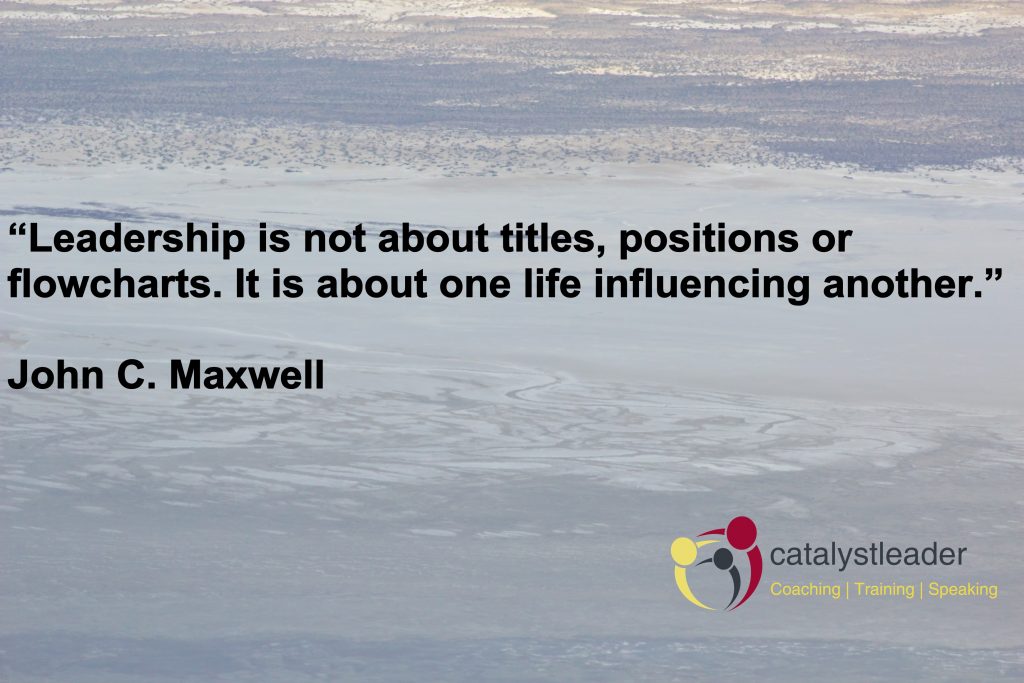This week I had the opportunity to coach someone through the sometimes difficult process of an “exit interview”. This particular meeting was going to be difficult for the person leading the meeting due to the circumstances and some advice was needed on how to have a constructive meeting.
After asking some questions, and talking through the responses, I “wrote the prescription” that follows as my advice.
- Communicate at the beginning of the meeting the time limit for the meeting- set an expectation for everyone. (There was a history of long meetings and lots of conversation) My suggestion was 30 minutes.
- Be sure to have the questions written down that you would like to ask, and limit your self to only three questions. Have an agenda and follow it.
- Let the person you are interviewing know that you need to reserve some time at the end to share a few things.
- Be prepared to thank the person for EVERY comment that they make, even the ones you disagree with.
- Don’t get bogged down on issues at the expense of not getting through the agenda.
- Take notes and ask your questions at the end based on the time remaining.
- Use a “start, stop, continue” approach for your questions- What should we start doing, what should we stop doing, what should we continue doing? Using this approach makes the person consider the good, not just the bad.
- Wrap up the meeting by sharing anything that you feel must be shared, and end the meeting on time.
- Recap your notes to anyone required shortly after the meeting while it is fresh on your mind.
Exit interviews are not always easy, and often don’t happen. We can use these situations as an opportunity to grow, or not, it’s entirely up to us.













